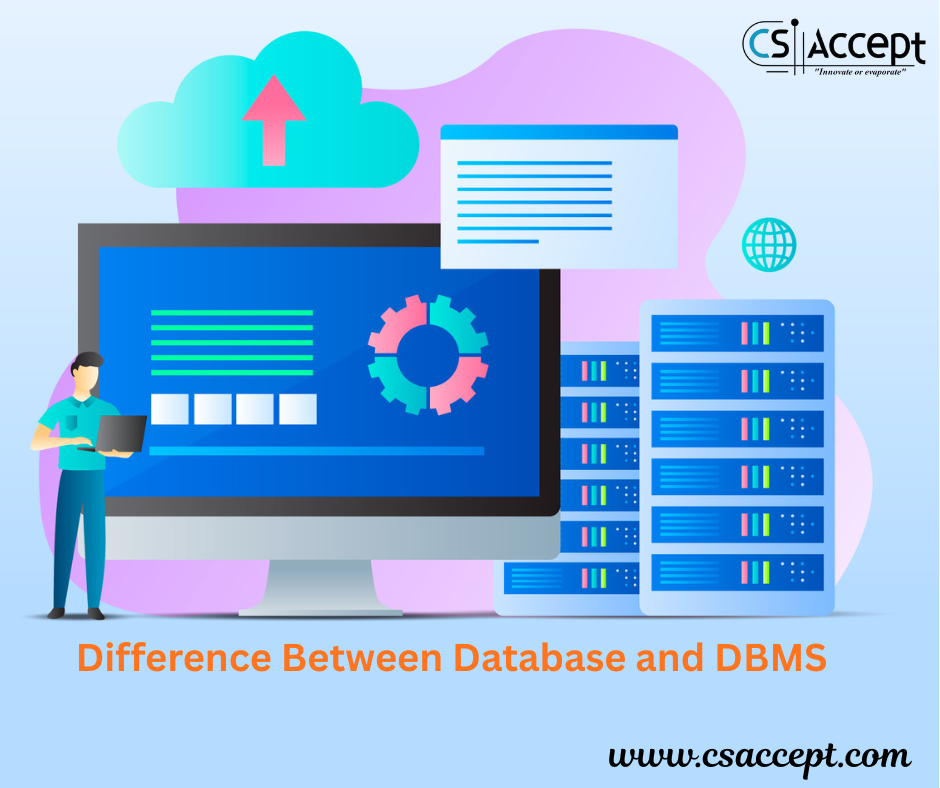
1. What is Symmetric Key Cryptography? (Definition)
Symmetric Key Cryptography is a type of encryption where the same key is used for both encryption and decryption of data.
Definition:
Symmetric key cryptography is an encryption technique in which a single secret key is used to encrypt (encode) and decrypt (decode) information, ensuring secure communication between sender and receiver.
2. How Symmetric Key Cryptography Works?
Step-by-Step Process:
- The sender encrypts the plaintext using a secret key and sends the ciphertext to the receiver.
- The receiver decrypts the ciphertext using the same secret key to retrieve the original message.
Both parties must safely share the secret key in advance.
Diagram: Symmetric Encryption
[Plain Text] --> [Encryption + Secret Key] --> [Cipher Text] --> [Decryption + Same Key] --> [Original Text]3. Example of Symmetric Key Encryption
Let’s say you want to send the message:
Plain Text: “HELLO”
You and your friend both share a secret key: 3
Using a simple Caesar Cipher (shift each letter by 3):
- H → K
- E → H
- L → O
- L → O
- O → R
Cipher Text: “KHOOR”
Your friend, using the same key (3), will reverse the shift to get the original message “HELLO”.
4. Features of Symmetric Key Cryptography
| Feature | Description |
|---|---|
| Single key usage | One key for both encryption and decryption |
| Speed | Fast and efficient for large volumes of data |
| Security | Depends on keeping the key secret |
| Low processing | Requires fewer computational resources |
| Common use | Used in secure file storage, data encryption, etc. |
5. Types of Symmetric Key Algorithms
1. Block Ciphers
- Encrypt data in fixed-size blocks (e.g., 64-bit, 128-bit)
- Examples:
- AES (Advanced Encryption Standard)
- DES (Data Encryption Standard)
- Triple DES (3DES)
2. Stream Ciphers
- Encrypt data bit by bit or byte by byte
- Examples:
- RC4
- Salsa20
- ChaCha20
6. Symmetric Key vs Asymmetric Key
| Feature | Symmetric Key | Asymmetric Key |
|---|---|---|
| Number of Keys | One key | Two keys (public & private) |
| Speed | Faster | Slower |
| Key Sharing | Must be shared securely | Public key can be openly shared |
| Complexity | Simple | More complex |
| Use Cases | File encryption, secure data | Secure email, digital signatures |
7. Advantages of Symmetric Key Encryption
| Advantage | Description |
|---|---|
| High speed | Very fast for encrypting large amounts of data |
| Simple design | Easier to implement than asymmetric algorithms |
| Efficient | Less computational overhead |
| Low resource use | Suitable for mobile and IoT devices |
8. Disadvantages of Symmetric Key Encryption
| Disadvantage | Description |
|---|---|
| Key distribution problem | Securely sharing the secret key is difficult |
| Scalability issue | Requires a separate key for each pair of users |
| Lack of non-repudiation | Does not support digital signatures |
| Risk of compromise | If key is leaked, data security is broken |
9. Real-Life Applications of Symmetric Key Encryption
| Application | Description |
|---|---|
| SSL/TLS Handshake | Uses symmetric keys after initial authentication |
| File and Disk Encryption | BitLocker, VeraCrypt use AES |
| Database Security | Protecting sensitive data in DBs |
| VPNs | Encrypting tunnel traffic |
| Messaging Apps | WhatsApp uses AES for message encryption |
10. Popular Symmetric Key Algorithms
| Algorithm | Description |
|---|---|
| AES (Advanced Encryption Standard) | Most secure and widely used today (128, 192, 256-bit keys) |
| DES (Data Encryption Standard) | Outdated but historically important (56-bit key) |
| 3DES (Triple DES) | Improved version of DES by applying encryption 3 times |
| RC4 | Stream cipher, used in older protocols |
| ChaCha20 | Modern, fast stream cipher, used in TLS and Google services |
Summary
Symmetric key cryptography is a fast and efficient way to secure data using one shared key. It is best suited for situations where secure key exchange is possible, and high-speed encryption is needed. However, in complex or open systems, key management becomes a major challenge—leading to the use of asymmetric encryption in combination.
Key Takeaways:
- Uses the same key for encryption and decryption
- Very fast and ideal for large data volumes
- Requires secure key exchange
- Widely used in modern security systems like AES






